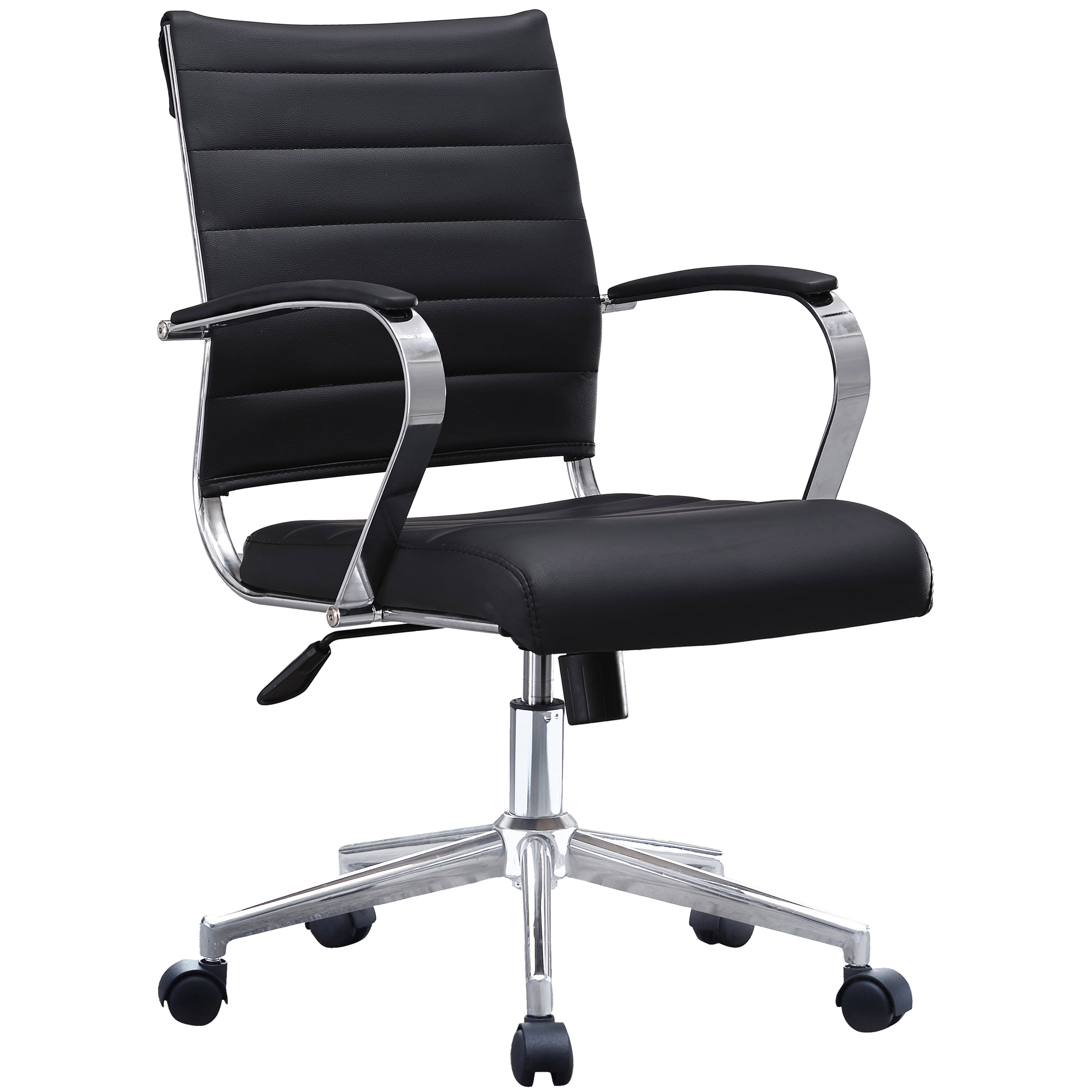Ergonomic Considerations of Two-Position Desk Chairs: Two Position Desk Chair

The increasing prevalence of sedentary lifestyles underscores the critical need for ergonomic seating solutions. Two-position desk chairs, designed to facilitate transitions between sitting and standing or other postures, offer a compelling alternative to traditional office chairs, potentially mitigating the negative health impacts associated with prolonged sitting. This analysis explores the biomechanical advantages and adjustable features of these chairs, comparing different mechanisms and highlighting specific product examples.
Biomechanical Advantages of Two-Position Chairs, Two position desk chair
Two-position chairs offer significant biomechanical advantages over standard office chairs by promoting dynamic posture and reducing static loading on the spine and musculoskeletal system. Prolonged sitting in a static posture can lead to muscle fatigue, poor circulation, and increased risk of musculoskeletal disorders. The ability to shift between sitting and standing, or to adopt alternative postures like kneeling, helps to alleviate these issues by distributing weight and engaging different muscle groups throughout the workday. This dynamic approach promotes better spinal alignment, reduces pressure on intervertebral discs, and improves overall musculoskeletal health. Studies have shown a correlation between increased physical activity during the workday and reduced risk of chronic diseases, making the transition capabilities of two-position chairs a key ergonomic benefit.
Impact of Adjustable Features on Posture and Comfort
The adjustability of two-position chairs is paramount to their ergonomic effectiveness. Seat height adjustment allows users to maintain a 90-degree angle at the hips and knees, promoting proper posture and reducing strain on the lower back. Backrest angle adjustment provides lumbar support and accommodates individual spinal curvatures, minimizing discomfort and promoting proper alignment. Adjustable armrests allow for optimal positioning of the arms and shoulders, reducing strain on the neck and upper back. These combined adjustments allow users to personalize the chair to their specific anthropometric measurements and postural preferences, maximizing comfort and minimizing the risk of musculoskeletal injuries. Proper adjustment minimizes pressure points and allows for efficient blood flow, reducing fatigue and improving overall comfort.
Comparison of Two-Position Chair Mechanisms
Several mechanisms facilitate the two-position functionality of these chairs. Sit-stand chairs allow for seamless transitions between sitting and standing, promoting increased physical activity throughout the workday. Kneeling chairs encourage a more upright posture by supporting the knees and allowing the hips to be slightly elevated. This posture shifts weight distribution, reducing pressure on the lower back and promoting better spinal alignment. While both mechanisms offer ergonomic benefits, the optimal choice depends on individual needs and preferences. Sit-stand chairs are suitable for those who prefer alternating between sitting and standing, while kneeling chairs may be preferred by individuals seeking improved spinal alignment and reduced lower back pressure. The selection should consider individual physical characteristics and work habits.
Comparison of Two-Position Desk Chairs
The following table compares four popular two-position desk chairs, highlighting their ergonomic features and price range. Prices are approximate and may vary depending on retailer and specific configuration.
| Chair Model | Ergonomic Features | Mechanism | Price Range (USD) |
|---|---|---|---|
| Herman Miller Aeron (with optional stand) | Height-adjustable seat, adjustable backrest, adjustable armrests, excellent lumbar support | Sit-Stand (requires separate stand) | $1,500 – $2,500+ |
| Steelcase Leap (with optional stand) | Height-adjustable seat, adjustable backrest, adjustable armrests, dynamic back support | Sit-Stand (requires separate stand) | $1,200 – $2,000+ |
| Humanscale Freedom | Self-adjusting backrest, height-adjustable seat, responsive armrests | Sit-Stand (integrated) | $1,000 – $1,800 |
| Varier Variable Balans | Kneeling chair design, promotes active sitting | Kneeling | $400 – $700 |
